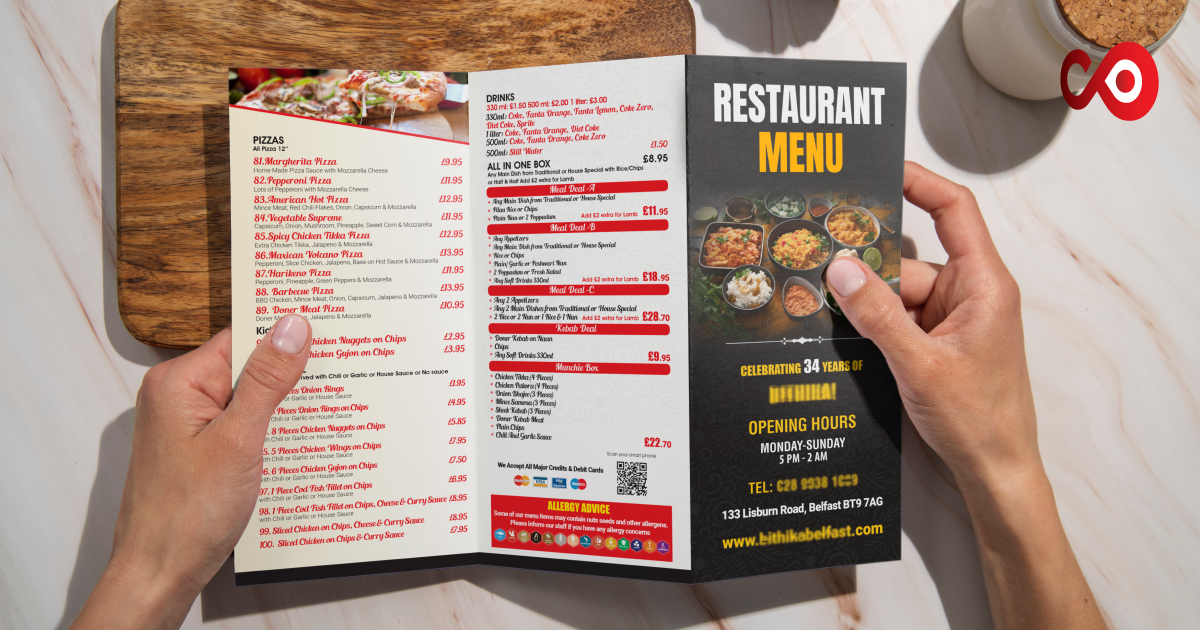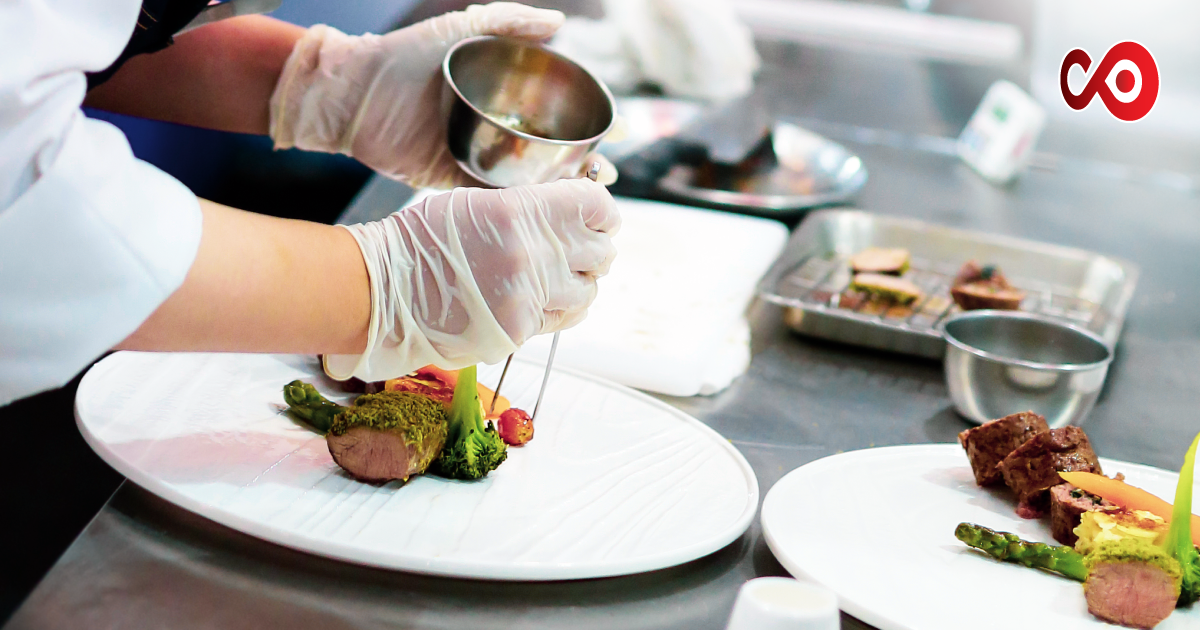Ala carte translates to “by the menu” in French. Put differently, each item on an ala carte menu is charged separately. Although they must be ordered separately, customers can mix multiple items. Offering your clients freedom in this way is a smart move.
It’s getting widely popular nowadays. If you are considering establishing an ala carte, consider these tips to create a fantastic menu.
Determine Your Concept
Your restaurant’s concept will serve as your guide while creating your ala carte menu. What kind of experience do you offer your clients? Will there be a mix of fine dining, fast-casual, takeout only, or all of these options? Understanding what will probably be on the menu that you serve your guests also depends on knowing the particular cuisine type that you will be serving.
Finally, knowing whether or not your menu will change frequently will help you with the continuous development process. This choice is influenced by seasonality, product availability, and your own desire to rotate the foods and offerings you provide to your customers.
Understand Your Team & Kitchen Restraints
The next step in creating a menu is getting to know your employees, their skills, and the equipment you have on hand. If you’re working in a fast-casual environment, for instance, you might value speed over extremely technical knife skills. A key component of developing your menu is knowing what skill set your staff members need to have.
The amount of work required daily or weekly for each dish should also be taken into account. Ultimately, the type of food you can realistically prepare will depend on the amount of room and equipment required to manufacture the dish you are suggesting.
Although you may wish to have a Peking duck on your menu, you should exclude it if you lack the tools necessary to properly dry the birds or knowledgeable staff who can prepare it.
Determine Your Sourcing
The next stage in designing the menu is determining where you will get the ingredients for what you intend to cook. For example, a local tomato caprese salad in December will only work if local tomatoes are available in the winter.
When developing a menu, it is imperative to have a basic understanding of your producers, vendors, and the seasonality of your ingredients. While certain eateries might not be as dependent on seasonality as others are, it is still important to know where your product will come from.
Research Your Menu
The research that goes into developing a menu is one of the most enjoyable aspects of the process. Cookbooks, blogs, public recipes, first-hand knowledge, and other research methods provide a wealth of knowledge from which to construct your recipe.
If you are attempting to prepare a particularly traditional cuisine, you should educate yourself about the origins of the food and why it was established. Make sure you research, as it will determine your menu and the recipes your staff prepares. Your crew and customers will appreciate the extra effort.
Build Out Recipes
Now is the time to start developing your recipes. Start with a foundational recipe. Make notes while you work on it using signature garnishes or regional components to make sure you have a set of instructions that your staff can follow when preparing for service. It will also be easier to determine your menu prices later if you keep track of the cost of the ingredients you use in this step.
Your recipes should provide precise directions and inspire your cooks to consistently create the exact food you imagined. Meez and other websites are excellent resources for creating recipes and storing them for staff use.
Make Sure to Taste
Try your food and give constructive criticism. Think of each dish’s flavour, presentation, and accompaniments in addition to the preparation and serving methods. A crucial phase in developing a menu is tasting and adjusting; this is what will determine how successful your restaurant will be.
Refusing to taste and adjust can result in serving mediocre cuisine and a negative customer experience. You can sample your dishes with a diverse group of individuals. Adjust the tastes till they satisfy your restaurant’s requirements.
Set Food Cost & Price
Every food you provide must be economically sound. If money were no object, there would be thousands of incredibly fantastic restaurants. The price of your food is equally as significant as its flavour.
Therefore, running a successful business requires knowing how much a menu item will cost and how much profit you will generate from it. Most restaurants price their menu items between 25% and 35% more than what it costs to make each dish.
Traditional vs Digital Menus
Diners can explore restaurant offers in a physical sense by using traditional or printed menus. All kinds of restaurants can use them, and they are usually simpler to design and print. The drawback of printed menus is that any modifications to the menu necessitate reprinting. To ensure you get a high-quality printed menu, choose a professional and experienced service like ChefOnline print media.
A digital menu can be viewed online, through a QR code scan, or on screens within your restaurant. Digital menus improve consumer engagement by reducing physical paper waste and clutter and increasing customer involvement. Additionally, they are more dynamic; digital menus may be utilised for deal promotion and upselling, and they can be changed at any time.
Get feedback
Once your menu design is complete, it’s time to receive some insightful criticism. Does the menu reflect your intentions for the eatery? Does it give readers the desired result? You should ask your friends and family to respond to all of these crucial questions.
It’s a good idea to get constructive criticism on the menu’s general quality from nearby eateries and food critics. These industry experts can assist you in refining and printing-readying your menu.
To Sum Up
The most crucial thing a restaurant operator will do is plan and develop the menu. In this managing section, you are creating the menu in a way that benefits your employees and provides your visitors with an amazing experience. So make sure to follow these tips and design an excellent menu.





